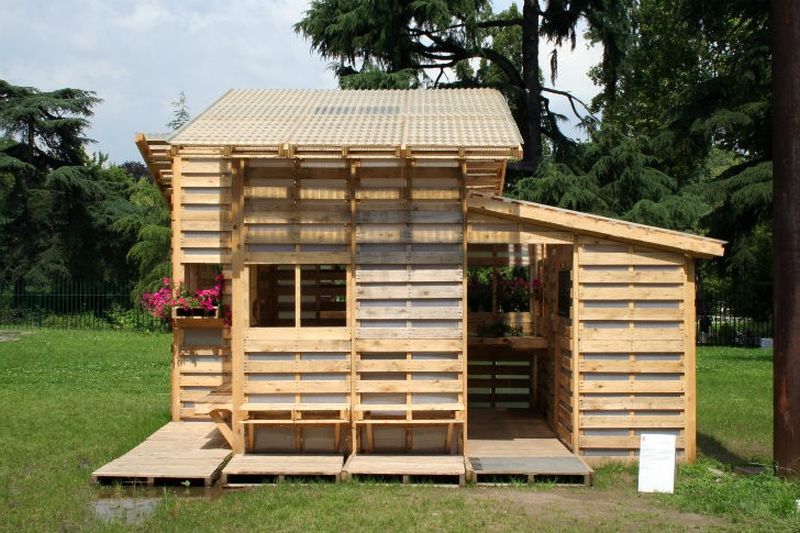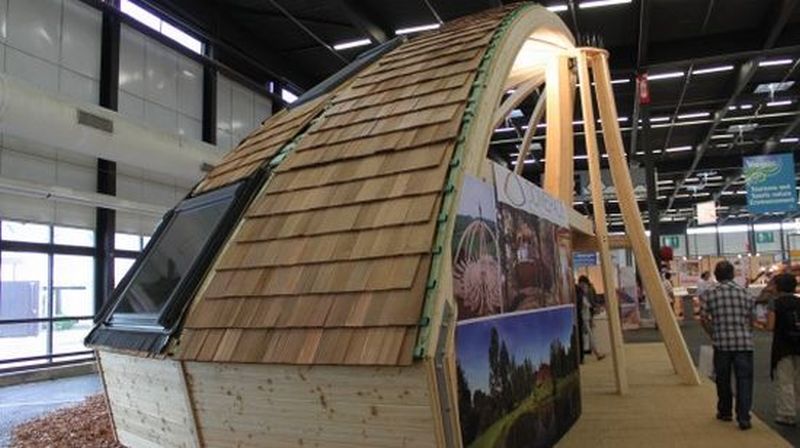We are quickly mastering the art of converting useful environmental resources to trash. Our ever-increasing landfills are a symbol of the same. However, sooner or later, the same materials that we are utilizing would become scarce. Then we would be bound to recycle them and put landfills to better use. This is going to be our ultimate fate, so why not prepare for it right now? Green architects and designers from all around the world are doing the same. They are either coming up with recycled materials or eco-friendly materials which impact the environment in a positive way.
The use of standard and age-old traditional building materials like sheetrock and lumber have become outdated and undesirable due to the harm they impose on nature. Nowadays, people are using other sustainable materials in place of them. These are the materials that support the ‘go green‘ revolution to protect the valuable surroundings of the planet. It is indeed commendable to observe how unconventional and offbeat recycled junk can help in constructing sturdy and sustainable buildings all across the globe, getting the right support from engineers and builders globally.
Recycled materials
1. Bottles:
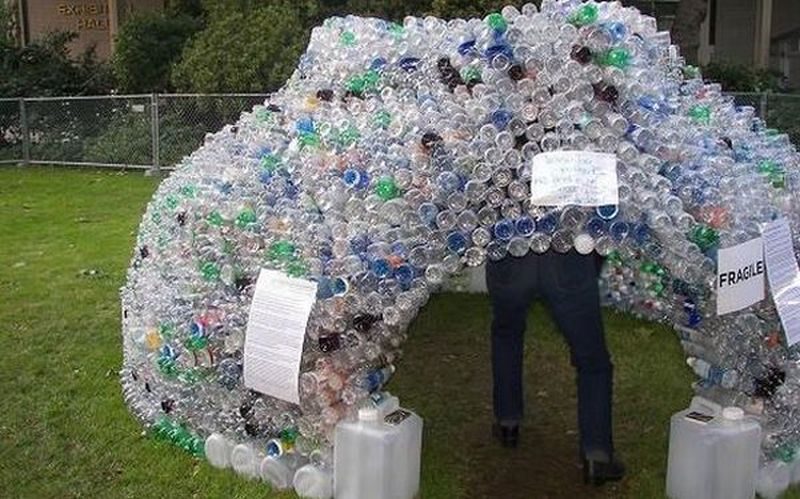 Jasmine Zimmerman has artistically utilized the most abundantly ill-disposed material in the face of plastic bottles by creating and formulating an open roof greenhouse structure. Although fragile in nature, the structure is more an artistic symbol. It symbolizes promoting the use of recyclable materials.
Jasmine Zimmerman has artistically utilized the most abundantly ill-disposed material in the face of plastic bottles by creating and formulating an open roof greenhouse structure. Although fragile in nature, the structure is more an artistic symbol. It symbolizes promoting the use of recyclable materials.
2. Shipping containers:
 Image Source : static1.squarespace.com
Image Source : static1.squarespace.com
Jim Poteet, an architect in Texas has beautifully used a 40-foot long shipping container to construct an all in one playhouse, guesthouse, and a garden retreat. The entire structure rests on recycled telephone poles with composite toilets, bamboo flooring, a green roof, floor to ceiling glass doors and windows. Having large glass doors and windows encourages ample sunlight to enter the premises, thereby reducing energy consumption as well.
3. Recycled steel:
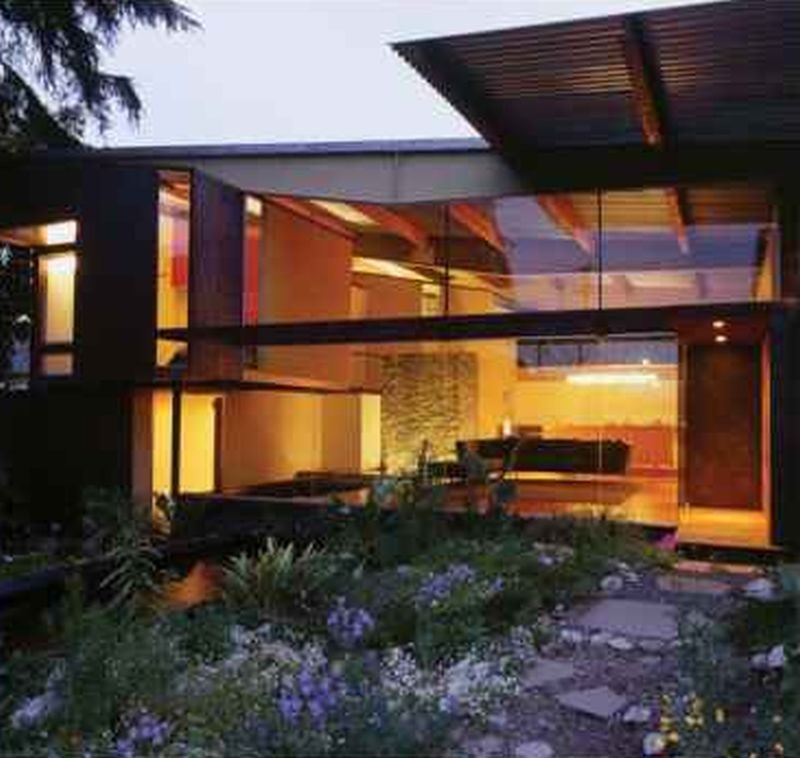 The Sea train house by Jennifer Seigal is another live example of using ecologically sustainable materials to construct a beautiful and durable housing structure, which contains all basic amenities for a comfortable modern-day living. The house consists entirely of storage containers and steel, which people think are waste. The grain trailers convert into Koi fishpond and lap pool, thereby providing entertainment to its dwellers,
The Sea train house by Jennifer Seigal is another live example of using ecologically sustainable materials to construct a beautiful and durable housing structure, which contains all basic amenities for a comfortable modern-day living. The house consists entirely of storage containers and steel, which people think are waste. The grain trailers convert into Koi fishpond and lap pool, thereby providing entertainment to its dwellers,
4. Recycled tire:

Yet another innovative creation owes its inception to builder and inventor Aidan Quinn. He created an eco pod house having solar panels attached to its roof. These panels assist in heating water. Furthermore, it also has a wind turbine, which generates power. The house even possesses a water harvesting system and an odor-free dry toilet. All in all, this house is a perfect blend of beauty and creativity with the utmost concern for nature.
5. Wood:
 Image Source : stateofdesign.berlin
Image Source : stateofdesign.berlin
Keeping in mind the fact that millions of people lose their shelter due to natural calamities every year, designers Azin Valy and Suzan Wines of I-Beam Design company have formulated a provisional refugee dwelling structure to provide intermediary relief in the form of a pallet house. This wooden house encloses smart features which emerge out of cheap materials. Moreover, one can easily mantle or dismantle this house as per the owner’s choice and requirement. However, one can make this temporary dwelling structure permanent very conveniently by including stone, mud, plaster, and concrete.
Sustainably sourced
1. Sustainably sourced wood:
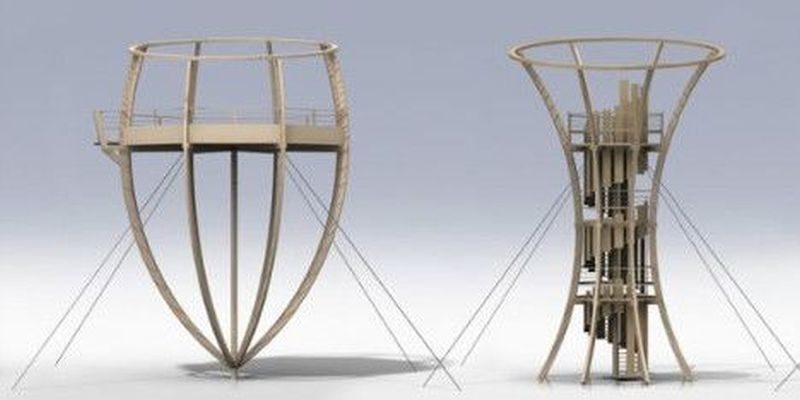 Perfect for campsite use, designer Benoit Fray has designed a treehouse made from wood acquired locally. Being on the crown of a tree at a height of 5m from the ground level, the structure contains all basic amenities for comfortable living and can support up to 6 people at any given point of time. However, one is not using it to its maximum capacity, one can either expand or contract the house as per the needs and requirements of the number of dwellers. Furthermore, the entire structure derives its power from natural and renewable resources.
Perfect for campsite use, designer Benoit Fray has designed a treehouse made from wood acquired locally. Being on the crown of a tree at a height of 5m from the ground level, the structure contains all basic amenities for comfortable living and can support up to 6 people at any given point of time. However, one is not using it to its maximum capacity, one can either expand or contract the house as per the needs and requirements of the number of dwellers. Furthermore, the entire structure derives its power from natural and renewable resources.
2. Sustainably sourced silicon glass fabric:
Graft Lab architects have formulated and designed a zero energy home in Kuala Lampur, Malaysia, made from glass fabric, which has been sourced sustainably. Named as the Bird Island, this airy voluminous structure is lightweight and flexible, with the capability to sway along with the blowing breeze, just like the top of a tree. Bamboo framing, along with tensile, an eco-friendly material, has been used for its construction. The house reflects sunlight to ensure cooler interiors and even uses greywater recycling system to meet its water requirements, thereby conserving water as well.
3. Sustainable timber house:
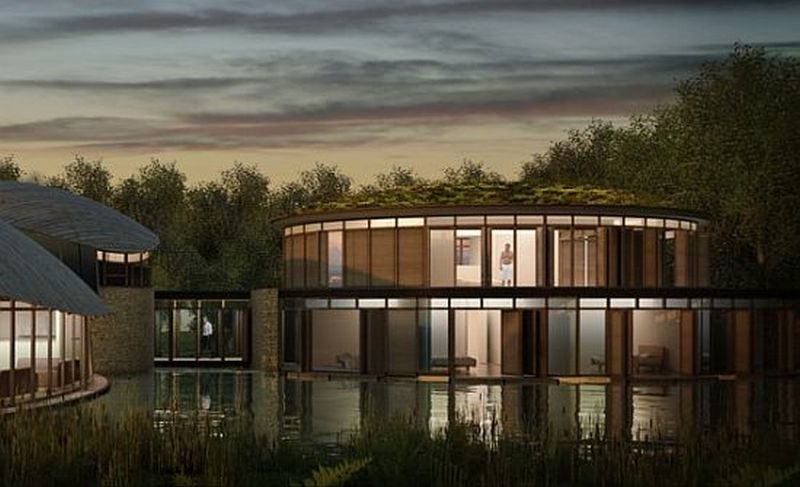 Gyllehaugh Lahe, a house by Reid Jubb Brown Architects in England, is a perfect blend of amazing style and design to create a beautiful dream house using ecologically responsible materials along with green practices, housed with renewable energy resources. The water requirements of the dwellers are met by rainwater harvesting and for energy; active as well as passive solar technology has been used.
Gyllehaugh Lahe, a house by Reid Jubb Brown Architects in England, is a perfect blend of amazing style and design to create a beautiful dream house using ecologically responsible materials along with green practices, housed with renewable energy resources. The water requirements of the dwellers are met by rainwater harvesting and for energy; active as well as passive solar technology has been used.
4. Sustainable bamboo:
At times, nature can get harsh and leave you homeless without any prior notice. Therefore, designer Ming Tang, has come up with the idea of constructing temporary dwelling spaces using sustainable bamboo poles. These are pre-assembled into rigid geometric shapes. These structures, being made out of bamboos and other renewable materials, are absolutely lightweight and can be easily assembled and folded back into invariable shapes.
Non-toxic
The inclination and attempt to promote eco-friendly objects can be achieved not just be constructing sustainable eco-friendly buildings, but also by switching to the use of non-toxic materials for the interiors of your home.
1. Clay paint:
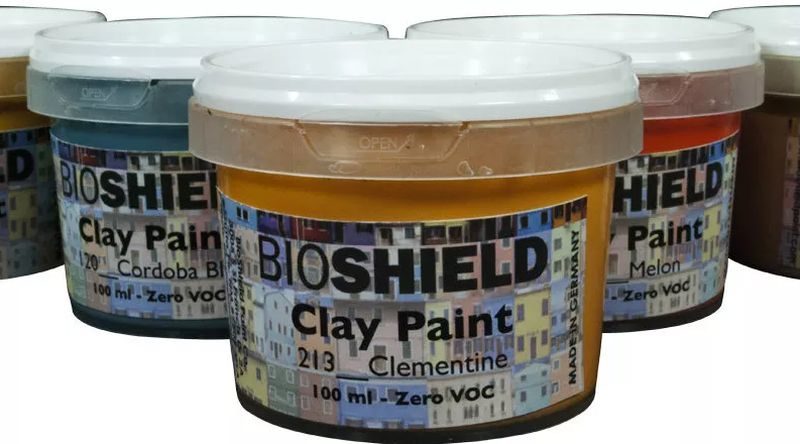 Bioshield has launched paints made from clay, which impart a natural finish and grittier texture to the walls of your house in an eco-friendly manner. With greater modulations in color, you will seldom get the same finish with latex paint.
Bioshield has launched paints made from clay, which impart a natural finish and grittier texture to the walls of your house in an eco-friendly manner. With greater modulations in color, you will seldom get the same finish with latex paint.
2. Reben:
Japan-based scientists have invented an environmentally remediable paint, extracted and formulated from 100 percent natural materials. It is a durable varnish, which conveys a plaster-like feel and finish without emitting any harmful volatile organic compounds.
3. Plumbing:
 The Guerrilla plumbing method attempts to introduce ways to save the earth by freaking around and ensuring less usage of water in the toilets, thus promoting water conservation.
The Guerrilla plumbing method attempts to introduce ways to save the earth by freaking around and ensuring less usage of water in the toilets, thus promoting water conservation.
4. PVC-free wall coverings:
Green America Décor, has attempted to promote high quality environmentally safe products in various verticals and categories and one such product is the PVC-free wall coverings.
Recyclable
1. Formaldehyde:
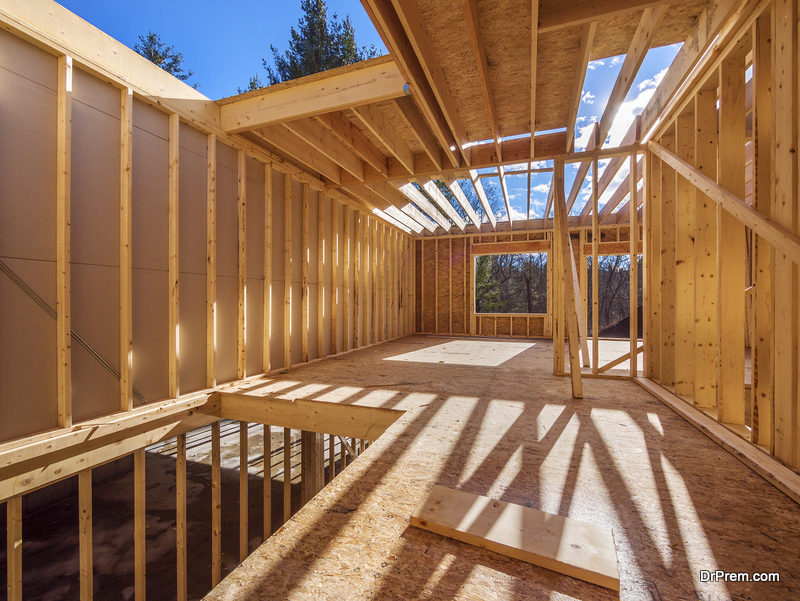 Conventional hardwood plywood contains urea-formaldehyde, which releases harmful gasses in the air. Opting for eco-friendly formaldehyde-free plywood would eliminate the release of these toxins into the air and lower the risk of spreading airborne illness. To achieve the desired result, recycled construction paper can be dipped into wallpaper paste and mixed with the desired choice of color for applying on the walls to get amazing ‘green’ results.
Conventional hardwood plywood contains urea-formaldehyde, which releases harmful gasses in the air. Opting for eco-friendly formaldehyde-free plywood would eliminate the release of these toxins into the air and lower the risk of spreading airborne illness. To achieve the desired result, recycled construction paper can be dipped into wallpaper paste and mixed with the desired choice of color for applying on the walls to get amazing ‘green’ results.
2. Used Paving stones:
Eco-friendly composite pavements consist of recycled tires and plastic containers. It is a great idea that paves way for an amazing eco-friendly deck. The modular composite paves from Vast, have been made using 95 percent recycled materials, and are almost one third in weight as compared to concrete paves.
3. Special porous pavers:
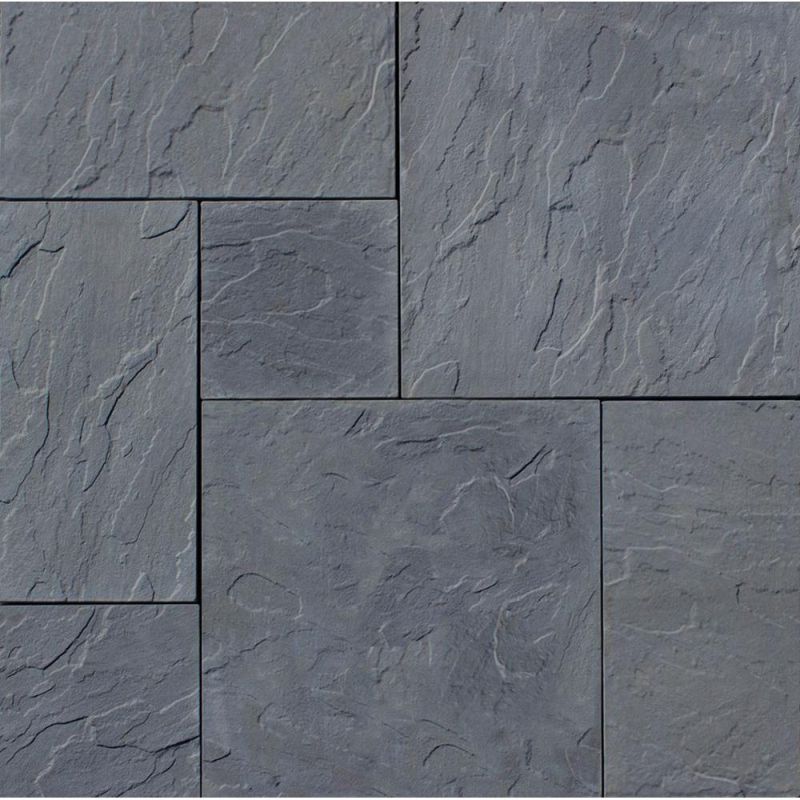 Environmentalists and conservationists have come up with an innovative idea of creating porous concrete pavers containing special additives. These are capable of collecting and purifying run-off rainwater. Therefore, it is better option to store them under the ground in large tanks. This would further channelize them for the purpose of irrigation, cleaning as well as for flushing toilets.
Environmentalists and conservationists have come up with an innovative idea of creating porous concrete pavers containing special additives. These are capable of collecting and purifying run-off rainwater. Therefore, it is better option to store them under the ground in large tanks. This would further channelize them for the purpose of irrigation, cleaning as well as for flushing toilets.
4. Plexiglass:
The plaza area of the Royal Danish Library in Copenhagen, Denmark, has been designed and created by artist Tom Fruin. In this, he has used reclaimed plexiglass pieces for the construction of his building. Furthermore, the manufacturing process to make plexiglass is more eco-friendly than glass. In addition, it is also a better raw material in comparison.


